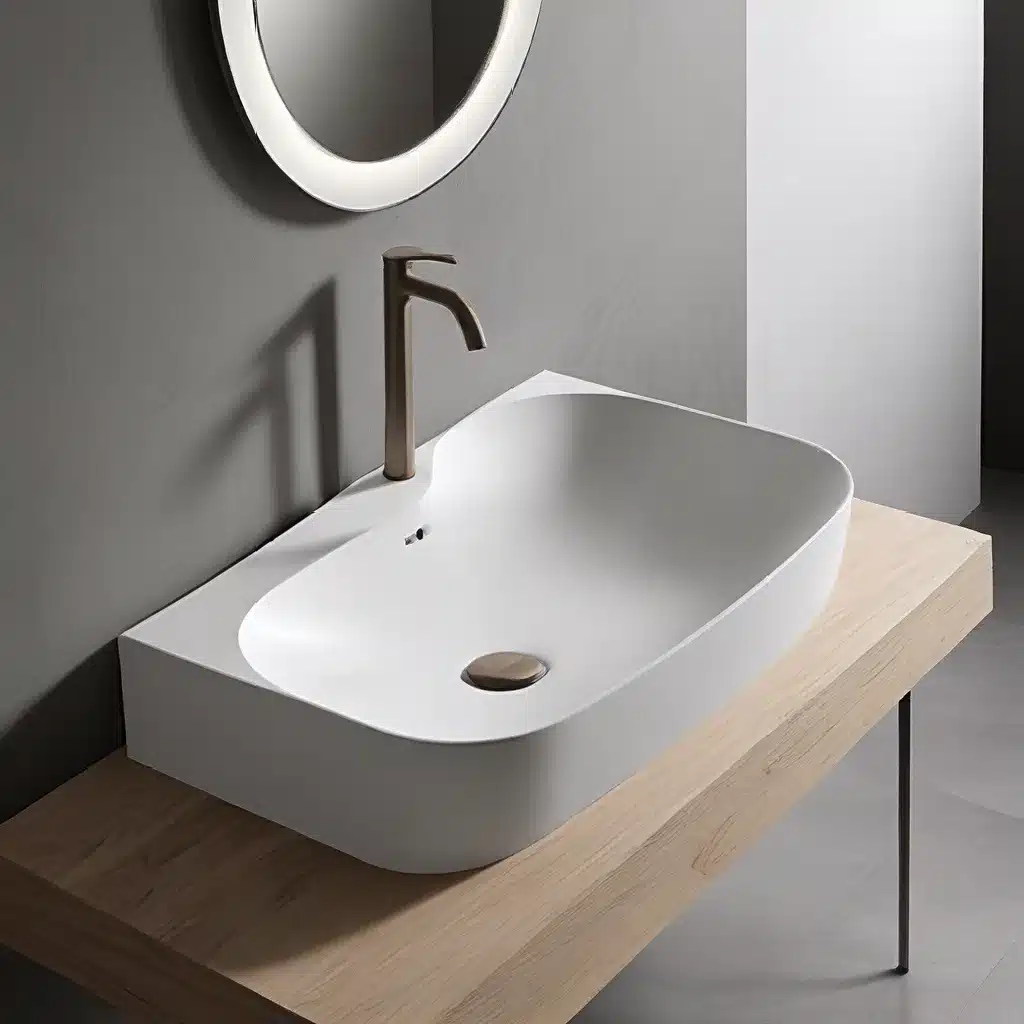
In the ever-evolving world of bathroom design, the humble washbasin has emerged as a canvas for artistic expression and functional innovation. Far beyond their utilitarian role, modern washbasins have become a focal point of interior design, showcasing the convergence of form and function. As homeowners, designers, and contractors seek to elevate the aesthetic and practical elements of their bathroom spaces, understanding the nuances of washbasin design has become increasingly important.
The Allure of Innovative Washbasin Designs
Washbasins have come a long way from their conventional rectangular or oval shapes. Today, the market is brimming with a diverse array of innovative designs that cater to a wide range of personal preferences and architectural styles. From the clean, minimalist lines of vessel sinks to the organic, sculptural forms of freestanding basins, the options are truly limitless.
One of the key drivers behind the evolving washbasin landscape is the growing emphasis on personalization and customization. Homeowners and designers alike are seeking washbasins that not only serve their practical needs but also reflect their individual style and aesthetic sensibilities. This has led to the proliferation of customizable options, where size, shape, material, and finish can be tailored to suit the specific requirements of a space.
Exploring Washbasin Materials and Finishes
The material and finish of a washbasin can have a profound impact on its overall appearance and performance. Ceramic remains a perennial favorite for its durability, easy maintenance, and wide range of design possibilities. Porcelain and vitreous china are also popular choices, offering a smooth, glossy surface that complements a variety of bathroom styles.
For those seeking a more organic, natural aesthetic, natural stone options like marble, granite, and soapstone have gained significant traction. These materials not only lend an air of luxurious sophistication but also offer unique, one-of-a-kind patterns and veining that can elevate the visual interest of a bathroom.
| Material | Pros | Cons |
|---|---|---|
| Ceramic | – Durable – Easy to clean – Wide range of designs |
– Can be prone to chipping or cracking |
| Porcelain | – Smooth, glossy finish – Highly resistant to stains and scratches |
– Generally more expensive than ceramic |
| Natural Stone (Marble, Granite, Soapstone) | – Unique, one-of-a-kind patterns – Adds a luxurious, natural aesthetic |
– Requires more maintenance – Prone to staining and etching |
Beyond traditional materials, the market has also embraced innovative options like engineered quartz, fireclay, and solid surface materials. These alternatives often offer a combination of durability, easy maintenance, and design flexibility, making them appealing choices for homeowners and designers.
Washbasin Installations: From Freestanding to Undermount
The installation method of a washbasin can significantly impact the overall look and feel of a bathroom. Freestanding basins, with their sculptural appeal and ability to add a focal point, have become increasingly popular in recent years. These basins, often mounted on a vanity or pedestal, can create a stunning visual statement and allow for greater design versatility.
On the other hand, undermount washbasins have gained popularity for their seamless integration with the surrounding countertop. This installation method, typically used with natural stone or solid surface materials, creates a sleek and minimalist aesthetic, lending a sense of visual cohesion to the bathroom.
| Installation Type | Pros | Cons |
|---|---|---|
| Freestanding | – Adds a focal point – Greater design flexibility – Suitable for a variety of bathroom styles |
– Requires more space – May not integrate as seamlessly with the countertop |
| Undermount | – Seamless integration with the countertop – Creates a clean, minimalist look |
– Requires careful installation – May limit design options for the countertop |
Beyond these two primary installation methods, drop-in and semi-recessed washbasins are also options to consider, each offering its own unique benefits and design implications.
Maintaining the Beauty of Your Washbasin
Keeping your washbasin in top condition is essential to preserving its aesthetic appeal and longevity. Proper maintenance varies depending on the material, but some general guidelines apply across the board.
Ceramic and porcelain washbasins typically require regular cleaning with a mild, non-abrasive cleanser and a soft cloth. Avoid using harsh chemicals or abrasive scrubbers, as these can damage the surface over time.
For natural stone washbasins, it’s important to use specialized cleaners and sealants designed for these materials. Periodic resealing can help protect the stone from stains and etching, ensuring it maintains its luxurious appearance.
Washbasin Factory offers a wide range of high-quality washbasin options, along with expert guidance on installation and maintenance. Their knowledgeable team can help you navigate the diverse landscape of washbasin designs and find the perfect solution to elevate your bathroom space.
Embracing the Future of Washbasin Design
As bathroom design continues to evolve, the washbasin has emerged as a canvas for artistic expression and functional innovation. From the clean lines of minimalist vessel sinks to the organic, sculptural forms of freestanding basins, the options are truly endless. By understanding the nuances of materials, finishes, and installation methods, homeowners, designers, and contractors can create bathroom spaces that are both visually stunning and highly practical.
As you embark on your journey to transform your bathroom, consider exploring the wide range of washbasin offerings available on the Washbasin Factory website. With their expertise and commitment to innovation, you’re sure to find the perfect washbasin that not only meets your functional needs but also elevates the aesthetic appeal of your space.